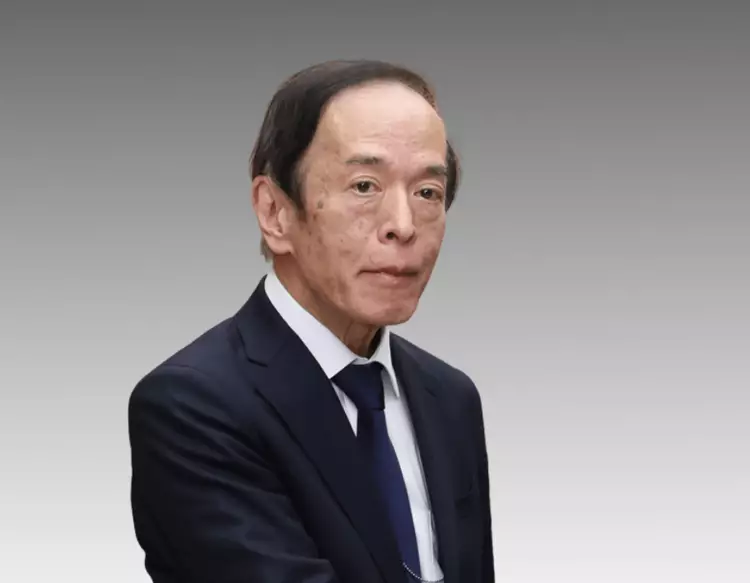The economic landscape in Japan has long been characterized by stagnation in inflation metrics, with the Bank of Japan (BoJ) at the core of ongoing efforts to spur price growth. Governor Kazuo Ueda recently addressed the challenges the BoJ faces in shifting inflation expectations upward. Unlike many global counterparts currently considering rate cuts due to declining inflation rates, Japan’s scenario is unique. The country has not experienced the inflationary pressure typically associated with economic growth, leaving policymakers in a protracted struggle against low price increases.
As inflation lingers at historically low levels, the BoJ finds itself in a rare position; rather than combating soaring prices, it must actively stimulate inflation within an economy that has not seen substantial growth in wages or consumer prices for decades. The central bank has maintained a relatively accommodative monetary policy, striving to foster an environment conducive to inflationary growth. However, as Ueda indicated, achieving a sustainable 2% inflation target remains an elusive goal that requires much more than mere monetary easing.
One notable factor complicating the economic puzzle is Japan’s labor market dynamics. Recent labor shortages have begun to positively influence wage growth, suggesting that there may be avenues for strengthening inflationary pressures. Nevertheless, underlying inflation remains slow to rise, and while these changes are welcome, they alone may not suffice to catalyze broader economic transformation. The underpinning problem is a lack of confidence in sustained inflation, which means expectations may take longer to adjust.
The gradual approach that Ueda describes is undoubtedly a prudent one, especially given the uncertainty that clouds both domestic and international economic landscapes. However, this caution could backfire if it leads to a prolonged period of low-interest rates and stagnant inflation expectations. Should market participants anticipate that the BoJ will keep rates low indefinitely, there is a risk of speculative excesses forming, which could lead to volatility down the line.
Moreover, the interconnectedness of global economies cannot be ignored. The BoJ closely monitors significant monetary policy shifts in major economies like the United States and Europe, recognizing that their actions can have consequential ripple effects on Japan’s domestic economy. The challenge is thus not only adjusting to internal dynamics but also navigating international unpredictability. As central banks worldwide adapt to changing inflation environments, the BoJ must remain vigilant in its strategies to avoid policy missteps that could exacerbate its situation.
Coming to grips with the proper size and timing of potential rate adjustments poses a considerable challenge for the BoJ. The stakes are high; failure to effectively manage these expectations could result in a further entrenchment of Japan’s long-standing economic malaise. In an era where central banks globally are pivoting, Japan’s unique journey toward sustainable inflation remains a focal point of economic analysis, requiring delicate navigation through uncertainty and expectations while fostering an environment that encourages actual growth.
The BoJ’s fight against low inflation is multifaceted, requiring a balance of cautious optimism and strategic foresight as they work to raise inflation expectations in a way that marks a true departure from the stagnation of the past.


Leave a Reply